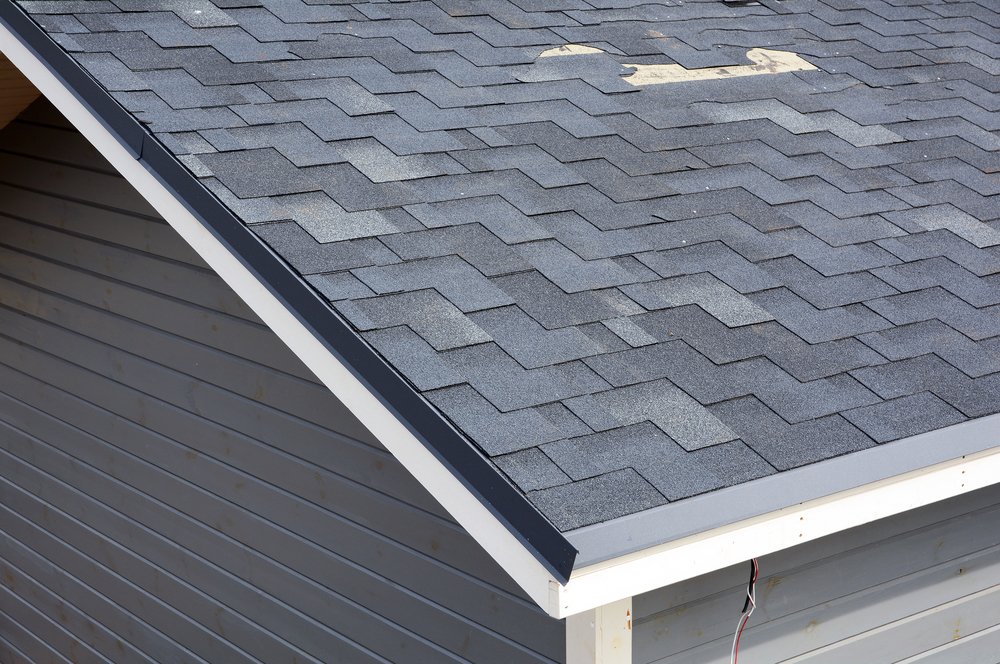Home Insulation and Your Energy Bills
As the temperature outside drops, homeowners are likely to notice an increase in the cost of their energy bills. When you turn up the heat on a thermostat, your furnace will try to regulate the temperature continuously. If the temperature stays stable and your energy bills have not jumped significantly, you can thank your insulation. If your house struggles to keep the interior at a steady temperature and your energy bill has dramatically increased, your insulation should be the first thing to check.What is Insulation?
Insulation comes in a variety of forms and materials to fit the needs of every homeowner. Its purpose is to keep inside temperatures inside and outside temperatures outside. In the summer, a well-insulated home is like a cooler; cold air is trapped inside with the food, and very little heat can get in. Likewise, heat is not able to escape during the winter.When Should I Check my Insulation?
According to the NAIMA (North American Insulation Manufacturers Association), 90% of homes are under-insulated. About 8.5 inches of insulation in the attic is adequate, but most houses built between 1970 and 1989 have only 3 inches. Pay close attention to how hard your home must work to keep the internal temperature stable, and watch for unexplained changes in your energy bill. Other signals that may indicate a problem with insulation include:- Drafts around dryer vents, windows, and door frames.
- Icicles appearing on the rooftop (this often indicates an issue with the attic’s insulation specifically).
- Temperatures vary noticeably from room to room (this can help narrow down a space that may have insulation issues ).
- If the home is older than 1989.
The Benefits of Insulation
Deciding to add or replace insulation can be intimidating due to the cost (which varies based on how much you require), but it is a worthy investment. The U.S. Department of Energy states that around 49% of a home’s energy bill comes from cooling and heating the home. If you need a method of saving money long-term, this can be guaranteed by making sure your house is well-insulated. According to the EPA (the Environmental Protection Agency), the homeowner can save upwards of 15% of cooling and heating costs by putting quality insulation into crawl spaces, attics, and basement rim joists. This percentage of savings is only the average; savings can increase depending on where the home is located. Another reason you should get motivated to check your home’s insulation is the future. If the time comes when you need to sell your home, healthy insulation is attractive to buyers. A house that can save the buyer money by being energy-efficient can significantly increase its market value. If your house is potentially under-insulated, you could be needlessly wasting money to maintain a comfortable indoor temperature. Get your insulation checked by a professional or evaluate it yourself while taking the necessary safety precautions. By making energy-efficient changes to your home, you can easily benefit both the environment and your wallet.Subscribe to Amos Exteriors's Blog






Comments